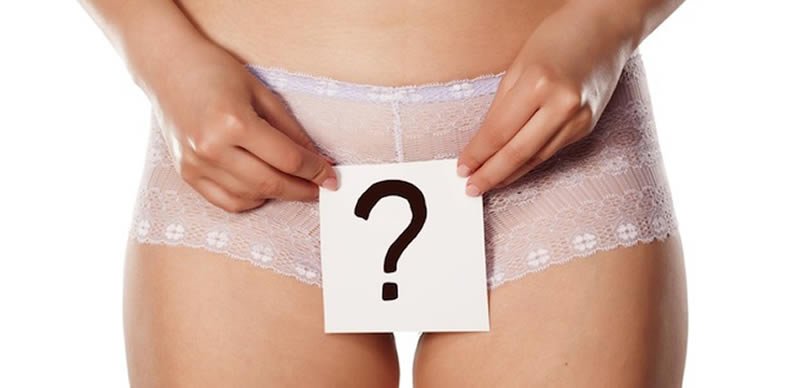The female body is a complex and amazing organism that undergoes a range of changes throughout its lifespan. Female anatomy refers to the physical structures and organs that make up the female reproductive system, as well as other important parts of the body.
The female reproductive system includes the ovaries, fallopian tubes, uterus, cervix, and vagina. The ovaries produce and release eggs, which travel through the fallopian tubes to the uterus. The uterus is where the fertilized egg implants and develops into a fetus. The cervix is the lower part of the uterus that connects to the vagina. The vagina is a muscular tube that connects the cervix to the outside of the body and serves as the opening for sexual intercourse and childbirth.
The breasts are another important part of the female anatomy. They are composed of glandular and fatty tissue and are responsible for producing milk to nourish a newborn baby. The nipples and areolas are sensitive areas that play a role in sexual arousal and breastfeeding.
What is an Orifice?
An Orifice is an opening or aperture; any external opening in the body of an animal and the number of these openings differs among males and females because their body shape and structure are not the same. The female body shape or female figure is the cumulative product of a woman’s skeletal structure and the quantity and distribution of muscle and fat on the body. Female figures are typically narrower at the waist than at the bust and hips. The bust, waist, and hips are called inflection points, and the ratios of their circumferences are used to define basic body shapes.
Generally, there are seven natural body openings or orifices providing access to an internal cavity through a natural passage called a canal, duct, or meatus. So, from the top of the body down:
- The external auditory canal or meatus directs airwaves from the outside to the tympanic membrane converting mechanical energy to electrical energy in the internal auditory canal or meatus that is sent to your brain.
- Nares are the entrance to the nose and the slimy surface inside that collects dust, pollen, etc. to keep it out of your airways and help warm the outside air before it hits your lungs.
- Nasal meati are openings inside the nose leading to the four paired sinus cavities that also collect inhaled particles, warm the air, and also lighten the weight of your skull, which gives some truth to the term “airhead.”
- The mouth provides access to the gastrointestinal tract and the respiratory system
- The urethral meatus transports urine from your bladder to the outside
- Anus for solid waste output
- Vagina, is the conduit to the uterus from whence we all came into existence.
How Many Holes Does A Woman Have On Her Entire Body?
According to Dr. Shiv Bhushan Sharma, a Professor of Human Physiology & Interdisciplinary Studies at the University of Madras, there are eleven holes in the male body and twelve holes in the female body. This precise and concise information may surprise many people, who are genuinely interested in the perfect adult human anatomy.
He enumerated them as follows:
The Male Body:
- Eyes: 2.
- Ears: 2.
- Nostrils: 2.
- Mouth: 1.
- Umbilicus: 1.
- Urethra: 1.
- Anus: 1.
The total number: 10.
The Female Body:
- Eyes: 2.
- Ears: 2.
- Nostrils: 2.
- Mouth: 1.
- Umbilicus: 1.
- Urethra: 1.
- Anus: 1.
- Vagina: 1.
The total number: is 11.
Where are the twelfth hole for females and the eleventh hole for males?
According to him, the additional hole in the human body is the anterior fontanel. The anterior fontanel is the soft tissue on top of the head during the gestation period and the early stages of life. It was called Brahmandhara or Talu by the ancient Indian sages.
How many holes does a female have down there?
There are two openings in the vulva — the vaginal opening and the opening to the urethra (the hole you pee out of). The urethral opening is the tiny hole that you pee out of, located just below your clitoris.
The vaginal opening is right below your urethral opening. It’s where menstrual blood leaves your body, and babies are born. A variety of things can go inside your vagina, like fingers, penises, sex toys, tampons, and menstrual cups.
During menstruation, blood flows out of the uterus and through the cervix, then into the vagina before exiting the body. The amount of blood flow can vary from woman to woman, but on average, a woman will lose around 30-40 milliliters of blood during each menstrual cycle.
The blood flow through the vagina during menstruation is controlled by the cervix, which acts as a gateway between the uterus and the vagina. The cervix is a muscular structure that can expand and contract, allowing menstrual blood to flow out of the uterus and through the vagina.
As the menstrual blood flows through the vagina, it can come into contact with the vaginal walls and vaginal microbiome, which is a delicate balance of bacteria and other microorganisms. During menstruation, the pH level of the vagina may become slightly more alkaline, which can lead to an overgrowth of harmful bacteria and an increased risk of infection. It is important to maintain good hygiene during menstruation, such as changing tampons or pads regularly, using unscented hygiene products, and washing the genital area with mild soap and water, to reduce the risk of infection.
Overall, the flow of menstrual blood through the vagina is a natural and important process that occurs as part of the menstrual cycle. Understanding how the body works during menstruation can help women manage their periods more effectively and maintain good reproductive health.






